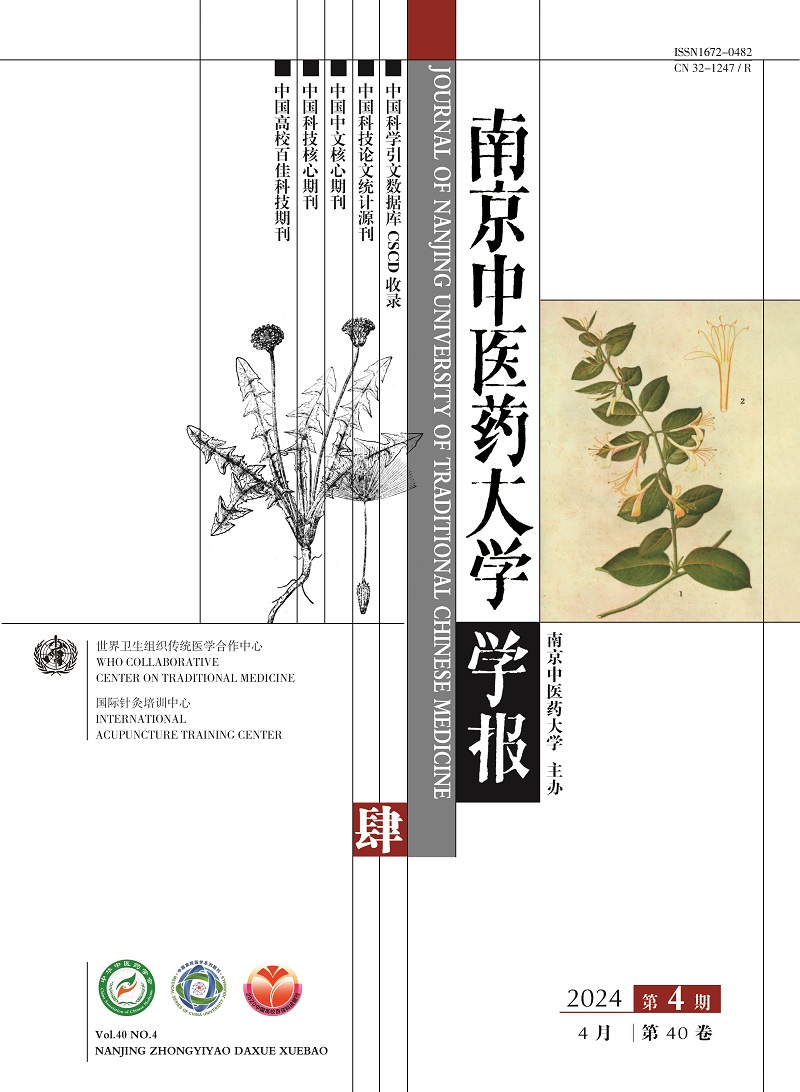2017 Vol. 33, No. 6
Display Method:
2017, 33(6): 541-544.
Abstract:
2017, 33(6): 545-546.
Abstract:
2017, 33(6): 547-550.
Abstract:
2017, 33(6): 551-553.
Abstract:
2017, 33(6): 554-559.
Abstract:
2017, 33(6): 560-564.
Abstract:
2017, 33(6): 565-569.
Abstract:
2017, 33(6): 570-573.
Abstract:
2017, 33(6): 574-578.
Abstract:
2017, 33(6): 579-582.
Abstract:
2017, 33(6): 583-586.
Abstract:
2017, 33(6): 587-590.
Abstract:
2017, 33(6): 591-596.
Abstract:
2017, 33(6): 597-602.
Abstract:
2017, 33(6): 603-607.
Abstract:
2017, 33(6): 608-612.
Abstract:
2017, 33(6): 613-617.
Abstract:
2017, 33(6): 618-622.
Abstract:
2017, 33(6): 623-626.
Abstract:
2017, 33(6): 627-632.
Abstract:
2017, 33(6): 633-638.
Abstract:
2017, 33(6): 639-642.
Abstract:
2017, 33(6): 643-645.
Abstract:
2017, 33(6): 646-648.
Abstract:



